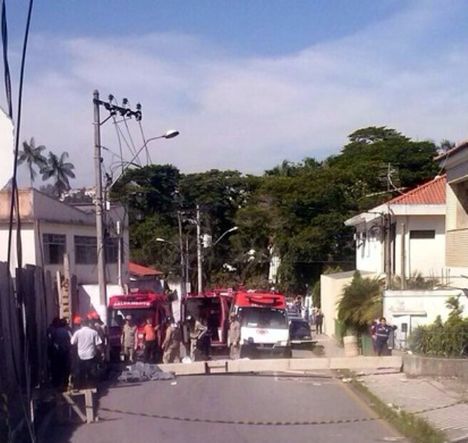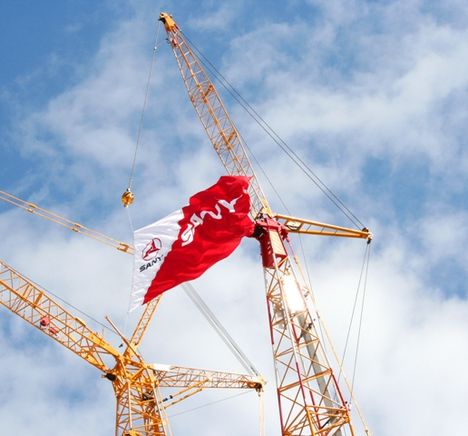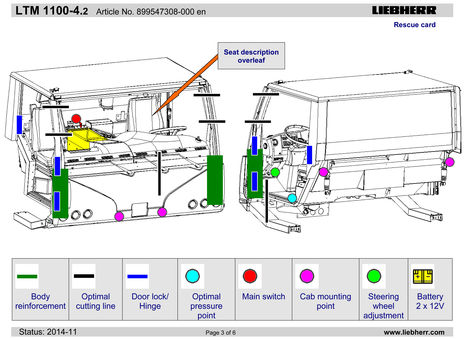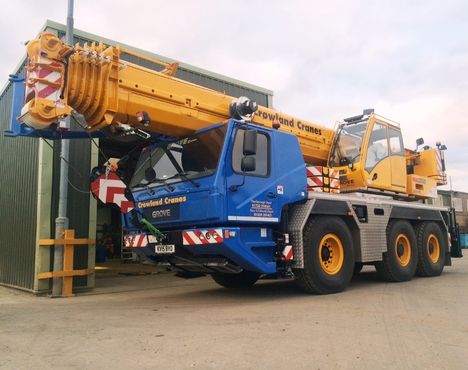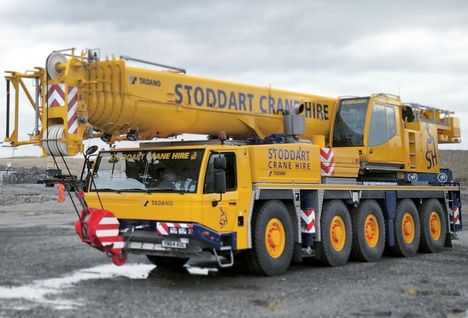Link-Belt has appointed Eqstra Industrial Equipment of South Africa as its distributor for Southern Africa.
The agreement covers 17 countries, including Angola, Botswana, Burundi, Congo, Democratic Republic of Congo, Gabon, Kenya, Lesotho, Malawi, Mozambique, Namibia, Rwanda, South Africa, Swaziland, Tanzania, Uganda, Zambia, and Zimbabwe.
Eqstra will sell and market the full line of Link Belt cranes, and provide parts and service support for new and existing cranes throughout the region. The company is part of a Eqstra Holdings which is publicly traded and has a wide range of operations including car leasing and fleet management and Industrial fork truck sales in the UK through Impact Handling (UK) where it is the Cat forklift dealer. The equipment divisions are based in Johannesburg with outlets in a number of the countries that it covers.
The Industrial and heavy equipment division also distributes Toyota fork trucks, Broderson carry-deck cranes, Konecranes reachstackers and also lists Terex All Terrain, Rough Terrain and crawler cranes, although it is no longer listed as an official dealer.
Other divisions distribute Altec and Socage vehicle mounted aerial work platforms and Fassi loader cranes, while it also produces a couple of smaller articulated loader cranes of its own.
Link-Belt international sales manager Roy Burger said: “We believe that when you invest in a Link-Belt crane, you invest in outstanding customer support. As a result, we are delighted to enter into this agreement with Eqstra Heavy Equipment, whose philosophy of building lifetime partnerships with their customers underscores our vision to be a leader in customer service and satisfaction.”
